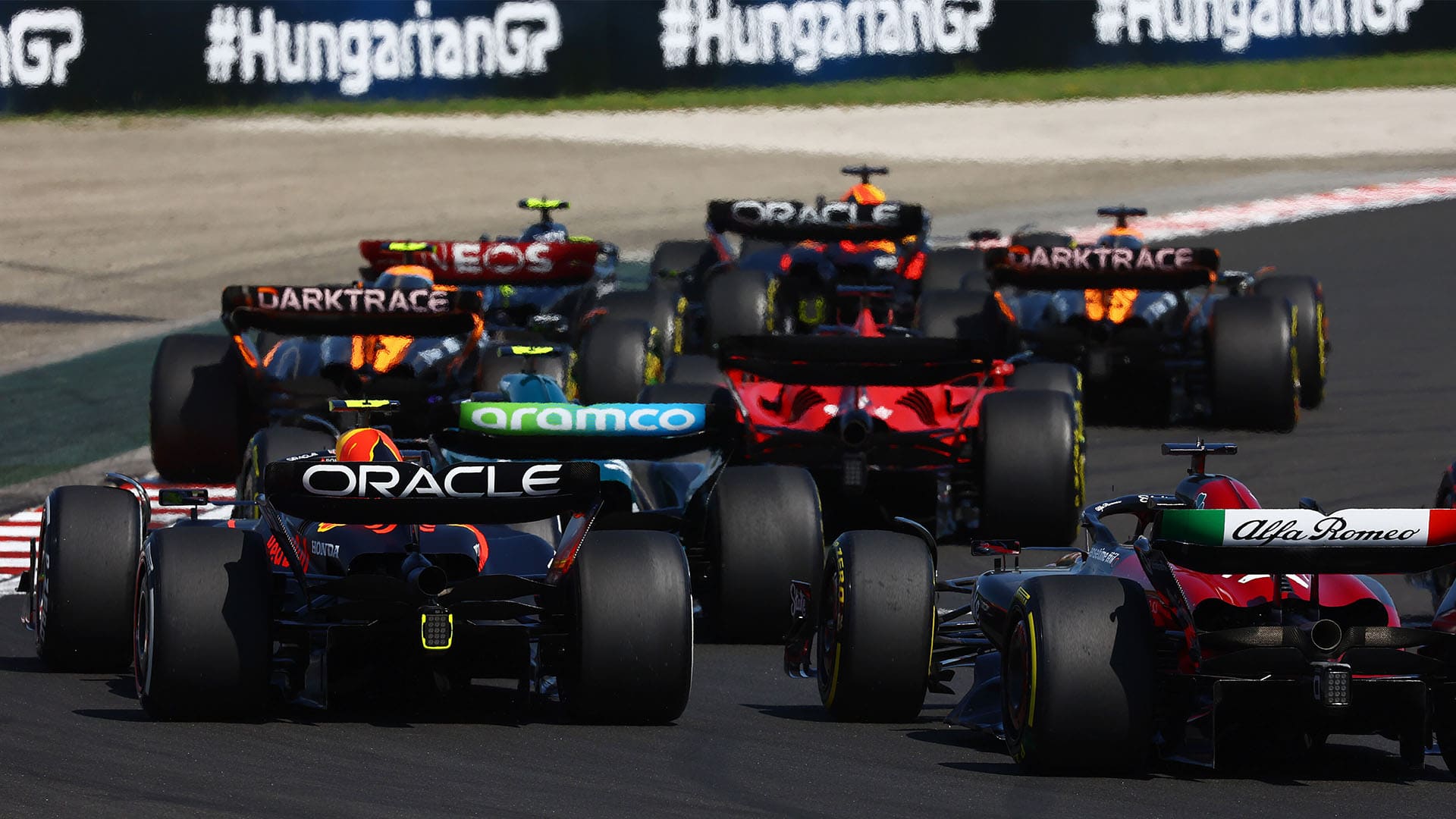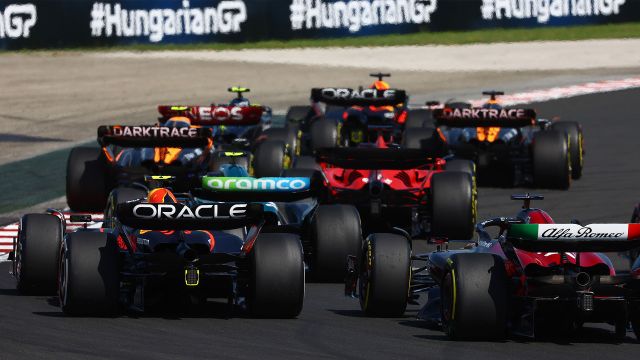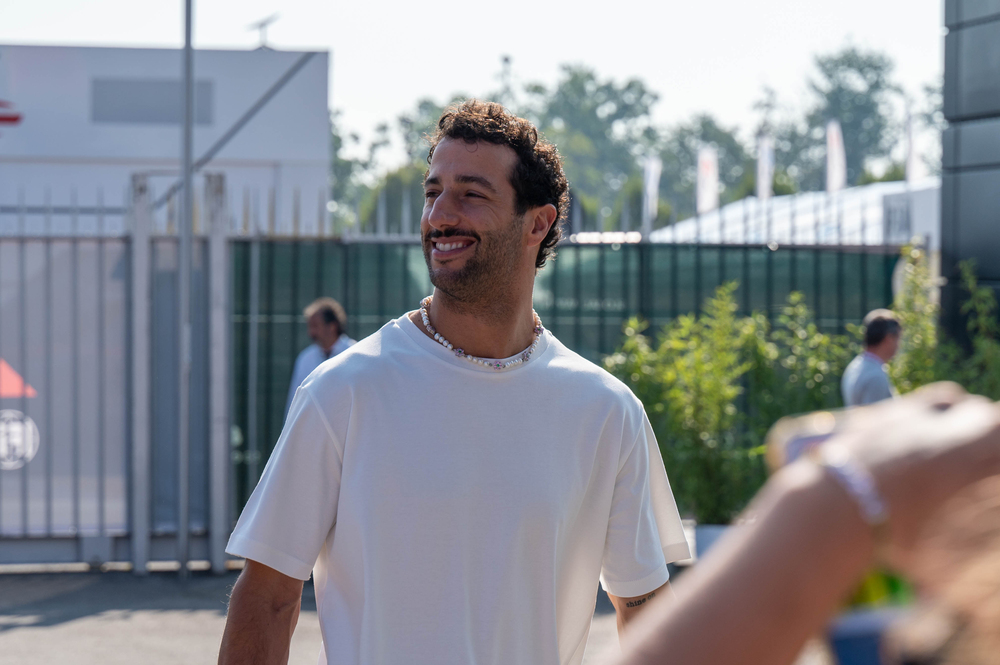Why Does Hungary Have A Grand Prix?


The Hungarian Grand Prix has been an integral part of the Formula 1 World Championship since it joined the racing calendar. Its rich history dates back to the first Grand Prix held in Budapest in 1936, which saw a great display and drew a massive crowd. The race’s inclusion in the F1 calendar added an exciting twist to the championship, showcasing the unique challenges posed by the Hungaroring Circuit, which quickly became a favorite among drivers and spectators.
The circuit itself is known for its challenging twists and turns, requiring drivers to push their limits to negotiate the track efficiently. It has witnessed numerous high-profile victories and key moments, contributing to its continued significance in the world of motorsports. In the recently completed 2023 race, Lewis Hamilton stunned both fans and punters at bet 365 by securing Pole Position, but Max Verstappen claimed the ultimate victory clinching a significant milestone for Red Bull with their twelfth consecutive race win.
Key Takeaways
- The Hungarian Grand Prix has a rich history dating back to 1936 and became an F1 race in 1986
- Hungaroring Circuit is challenging, making it a favorite among drivers and spectators
- Max Verstappen’s 2023 victory marked Red Bull’s 12th consecutive win, showcasing their dominance in recent years
Historical Significance
The Hungarian Grand Prix holds a special place in the history of Formula One racing. With its origins dating back to 1936, Budapest has served as a prominent location for motorsport enthusiasts. Racing events were initially held on a 5-kilometre track in Népliget, a park in Budapest. Over the years, the Hungarian Grand Prix has grown in stature and significance, attracting a large following of fans and competitors alike.
Budapest as a Racing City
Budapest’s connection to Formula One was further solidified in 1986 with the construction of the Hungaroring, a circuit located just outside the capital city. Since then, the track has been the exclusive home to the Hungarian Grand Prix and has undergone a few significant modifications to improve safety and racing conditions. Measuring 4.014km upon its completion, the Hungaroring was notoriously challenging for overtaking, testing the skills and determination of the drivers.
The establishment of the Hungarian Grand Prix was, in part, serendipitous. F1 mogul Bernie Ecclestone had been endeavoring to arrange a consistent race in Russia, but his efforts were proving fruitless. When Hungary took advantage of these circumstances, they grabbed the opportunity to host a race of their own. The original plan for the Hungarian Grand Prix was to have it be a street circuit around the bustling and scenic capital of Budapest. Over time, however, the idea evolved into the Hungaroring – a permanent track just outside the city.
Budapest, as a racing city, continues to maintain its significance within the world of Formula One. The Hungarian Grand Prix offers a unique and challenging experience for both drivers and fans alike, making it an important fixture within the F1 calendar. The Hungaroring’s continued adaptation and improvement pave the way for exciting races to come in the future, solidifying Budapest’s place in motorsports history.
The Hungaroring Circuit
Track Layout
The Hungaroring circuit, located near Budapest, is known for its intricate twists and turns. It has been hosting the Hungarian Grand Prix since 1986, which makes it an essential part of Formula 1 history. The track, measuring 4.381 km (2.722 miles) in length, consists of 14 turns, with a combination of high-speed corners, hairpins, and a tight chicane.
The circuit’s layout consists of:
- A long main straight, followed by Turn 1, a medium-speed right-hander
- A sequence of slow corners, Turns 2 through 5
- A fast right-hander at Turn 6, leading into the tight and technical chicane (Turns 7 and 8)
- Returns to high-speed at Turns 9 through 12
- Ended with two slow corners, Turns 13 and 14, before heading back onto the main straight
Why is the Hungaroring so Hard?
Overtaking at the Hungaroring circuit can be quite challenging due to its narrow track width and tight corners, along with the fact that few long straights are available for drafting and slipstreaming. To make matters more complex, the dusty environment off the racing line further reduces grip levels, making it difficult for drivers to mount successful passing maneuvers.
Another factor that adds to the difficulty of the Hungaroring circuit is its unpredictable weather conditions. The track can have sweltering heat or sudden downpours, both of which affect tire choice and strategy during the race weekend.
The Hungaroring circuit poses a unique challenge for both drivers and teams, demanding exceptional skill and a deep understanding of the track layout to succeed. The various factors like limited overtaking opportunities, grip issues, and unpredictable weather conditions make the Hungarian Grand Prix one of the most demanding and intriguing races on the Formula 1 calendar.
Visiting the Hungarian Grand Prix
Tickets and Seating Options
The Hungarian Grand Prix, held at the Hungaroring, offers modern amenities, incredible views of the track, and an amazing atmosphere for racing enthusiasts. Tickets for the event can be purchased online, with various options available depending on spectators’ preferences and budget. For instance, fans can choose from practice sessions, qualifying events, and the main race-day tickets. Additionally, a range of seating options is available, including grandstands and Super Gold grandstand areas.
Visitors can consider the following seating options:
- General Admission: This typically offers access to multiple areas of the circuit, allowing fans to wander around and find their preferred vantage point.
- Grandstands: These provide comfortable, elevated seating options with clear views of the track, and are situated at various locations around the Hungaroring.
- Super Gold: Located directly opposite the pit lane, Super Gold offers arguably the best seats in the house, allowing spectators to witness all the pit stop action and closely observe their favorite teams and drivers.
How much is a beer at Hungaroring F1?
The Hungaroring circuit offers a wide range of food and drink options for F1 fans, with reasonable prices for such a major event. Expect to pay around €4-€6 for a beer at the concession stands during the Hungarian Grand Prix weekend.
Can you take food and drink into Hungaroring?
Yes, spectators can bring their own food and beverages to the Hungaroring circuit. Proper packaging and containers, such as cooler bags, collapsible chairs, and umbrellas, are allowed. However, it’s important to note that glass bottles and any other potentially dangerous items are strictly prohibited. This policy allows fans to enjoy the race in a comfortable and safe environment while watching their favorite drivers take on the challenging Hungaroring track.
Is the Hungarian Grand Prix worth going to?
Whether or not the Hungarian Grand Prix is worth going to largely depends on your personal preferences, but it’s generally considered a great event for a variety of reasons:
- Atmosphere: The event usually has a vibrant and exciting atmosphere with passionate F1 fans from all over the world.
- Track Layout: The Hungaroring track, where the race is held, has a unique and challenging layout. It’s a slower, twisty circuit that often generates interesting strategies and results.
- Historical Significance: The Hungarian Grand Prix has a rich history in Formula 1, dating back to 1986. It was the first Formula 1 race to take place behind the Iron Curtain and has been a regular fixture on the calendar since.
- Location: The Grand Prix is held near Budapest, the capital of Hungary, which is a beautiful city rich in history and culture. This makes the trip more worthwhile as you can explore the city along with attending the race.
- Weather: The race is usually held in summer, when the weather in Hungary is typically sunny and warm.
Remember, like any live sports event, going to a Grand Prix can be quite an investment in terms of time and money, especially if you are travelling from another country. You’ll need to consider things like travel costs, accommodation, ticket prices, and meals. But if you are a big F1 fan, the experience can be absolutely thrilling and potentially a once-in-a-lifetime experience.
Budapest: Off the Track
Activities
When visiting Budapest for the Hungarian Grand Prix, there’s more to the city than just the race. The city is divided by the Danube River, with Buda on one side and Pest on the other. Exploring both sides of the river offers a variety of activities, including taking in the stunning architecture, dining in exceptional restaurants, and relaxing in the famous thermal baths.
Fans may also have a chance to spot F1 drivers like Daniel Ricciardo enjoying downtime in the city, as they often visit popular local spots.
Sightseeing
Budapest boasts a rich history and beautiful architecture, such as the iconic Buda Castle, which overlooks the Danube from a hill on the Buda side, offering spectacular views of Pest. Visitors can explore the stunning Fisherman’s Bastion, located in the Castle District, and visit the historic Matthias Church, one of the most beautiful churches in the city.
Distinguished hotels offer accommodations that combine luxury and history, allowing visitors to be immersed in Budapest’s charm. Getting around the city is a breeze thanks to an efficient public transportation system and a wide range of affordable accommodations to suit any budget.
For those looking to unwind, the thermal baths are a must-see attraction. The famous Gellért Baths and Széchenyi Baths provide both indoor and outdoor pools, offering a unique and relaxing experience.
In conclusion, whether you’re an F1 fan or just looking to explore a vibrant city, Budapest offers a diverse range of activities and sights.





